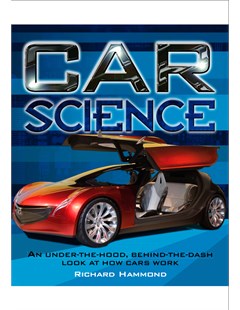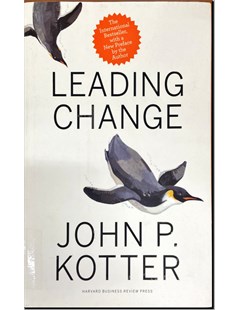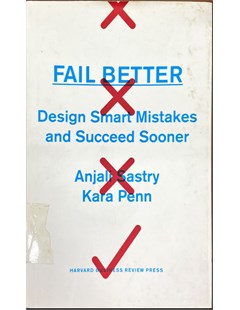Car Science
Cars are crammedfull of science. How fast theygo, how quicklythey can stop, andhow furiously they can go around a corner are alldown to scienc
2008
Cars are crammedfull of science. How fast theygo, how quicklythey can stop, andhow furiously they can go around a corner are alldown to science.And that’s a good thing, because two things that I really love are cars and science.How convenient, two of my favorite things all in one.I know people who can tell the difference between a 1985 and 1986 Ford Fiesta from500 yards in a snowstorm and who can remember the part number for a 1965 MorrisMinor handbrake cable, but what they can’t explain to me is the difference betweenpower and torque.
Things like this are very usefulfor us to know. Lewis Hamilton andhis buddies in Formula 1 don’t just drive their cars faster and faster until they crash and thenremember to go a little bit slower the next time; they understand what makes their cars stick to the roadlike an octopus wearing velcro shoes on a carpet. Andbecause they understand the science involved, they can help their engineers make the cars goeven faster and, therefore, win races and become rich and famous.
Lots ofpeople driving on the roaddon’t really understand the science in their cars. If theydid they wouldn’t drive so close to the car in front on the highwaybecause they’dknow about things like inertia and momentum, and wouldknow that if the carin front stops dead they won’t be able to stop in time. And if theyknew a lot aboutthe science of cars they’d know that stopping suddenly from 70 mph (110 km/h)involves a lot of forces. And tears and bruises.
It’s a huge subject, so we’ve been very sensible and split this book into four chapters: Power, Speed, Handling, and Technology. Each chapter covers everythingyou needto know to be a real driving expert. How a turbocharger works, how gasoline is made; we’ll look inside gearboxes and learn why a Formula 1 car’s brakes glow pinkwhen it’s stopping. And at the end, we’lllook at the kind of cars that we might be driving in the future
Richard Hammond. Car Science, DK Publishing, 2008
 |  |  |
Thứ Hai, 10:56 03/04/2023
Copyright © 2018 Hanoi University of Industry.